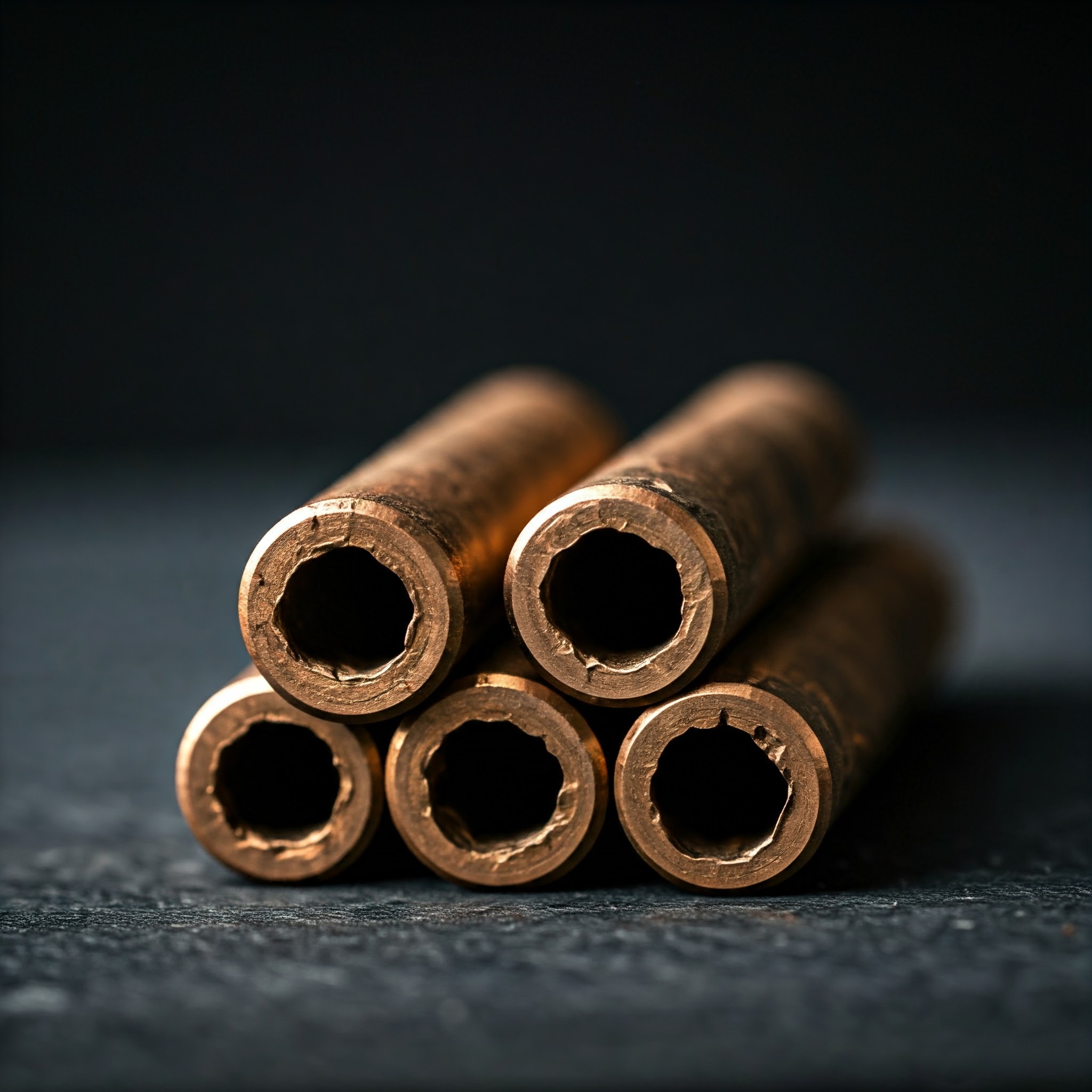Blog
Why Sintered Bronze Bars Are Ideal for High-Temperature Environments
November 28, 2024
Know why sintered bronze bars are the go-to choice for high-temperature environments. Available at PM Distributors, maintain performance under stress.
Sintered bronze bars have emerged as a preferred material in high-temperature environments due to their exceptional properties. Known for their strength and thermal stability, these bars perform reliably in demanding conditions, making them highly significant in various industries.
Explore how sintered bronze bars are made and why they are ideal for high-temperature applications.
The Powder Metallurgy Process
The powder metallurgy process of sintered bronze bars consists of several key steps.
It begins with the production of bronze metal powders, which can be achieved through various methods such as atomization, where molten metal is disintegrated into fine particles, or milling, where bulk metal is mechanically broken down. Once the powders are obtained, they may be blended with other powders or additives to enhance specific properties. This mixture is then compacted into a desired shape using a press, creating what is known as a “green” compact.
The next critical step is sintering, where the compacted green part is heated in a controlled environment to a temperature below the metal’s melting point. It allows the particles to bond together without fully melting, resulting in a solid component with improved strength and density.
After sintering, the part may undergo additional processes such as machining, heat treatment, or surface finishing to meet specific dimensional and performance requirements.
Why Use Sintered Bronze Bars?
There are plenty of industries that take place in high-temperature environments. Fortunately, sintered bronze bars can be useful in these environments for the following reasons.
1. Thermal Stability: Sintered bronze bars can withstand high temperatures without losing their structural integrity. This property is essential in applications where parts are exposed to intense heat, such as in engines or industrial machinery.
2. Low Thermal Expansion: These bars exhibit minimal thermal expansion, meaning they won’t warp or deform under heat stress. Their low thermal expansion ensures precise fits and functions in most mechanical systems in various industries.
3. Wear Resistance: The sintering process creates a dense material that resists wear and tear, making it suitable for applications involving friction and high loads. The durability of sintered bronze bars translates to longer service life for components.
4. Self-Lubrication: Sintered bronze contains solid lubricants, which reduce friction between moving parts. This self-lubricating feature is advantageous in high-temperature environments where traditional lubrication methods may fail.
5. Corrosion Resistance: Sintered bronze has inherent corrosion resistance, making it suitable for various harsh environments. This particular quality is critical in applications where moisture or chemicals could compromise performance.
Invest in Sintered Bronze Bars
Sintered bronze bars can benefit several high-temperature environments. For one, they can be used in engine components and bearings, where temperatures can reach extreme levels. They are also ideal for parts in high-performance engines and transmissions.
They are even suitable for machinery that operates under high thermal loads, such as furnaces and kilns. Sintered bronze bars can likewise be employed in drilling equipment and valves exposed to high temperatures and pressures. Lastly, they can be useful in components for ships that operate in challenging thermal conditions.
These environments require materials that maintain performance and integrity under heat stress, making sintered bronze bars an excellent choice.
For enquiries about sintered bronze bars, contact us at PM Distributors.
Optimized by: Netwizard SEO

